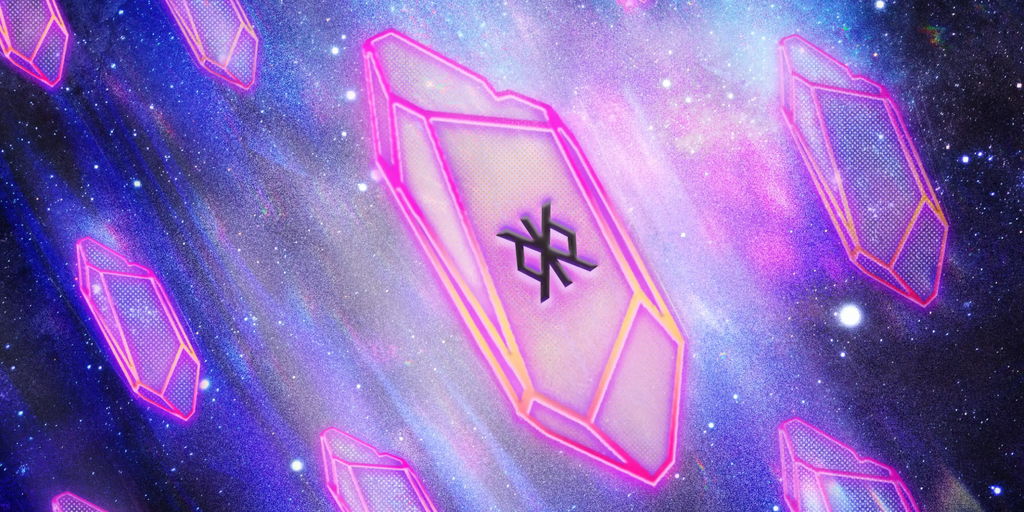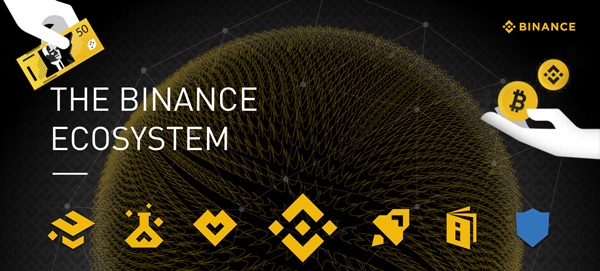The creators of a popular Bitcoin Ordinals project called Runestone sent the original “parent” inscription—which they valued at 8 BTC, around $525,000 worth—to a wallet purported to belong to mythic Bitcoin creator Satoshi Nakamoto on Wednesday.
The Runestone—Ordinals inscription 63,026,232, the largest inscription mined to date at around 4MB—was sent to the Satoshi wallet by project contributor and pseudonymous NFT historian, Leonidas. In a Twitter post, Leonidas feigned that the move was a mistake and that there was nothing he could do to get the Ordinals inscription back.
But ultimately, the post was a joke that echoed an apparently very real one shared by the developer of a Solana meme coin called Slerf this week, after that developer legitimately burned large chunks of the token allotment. As careful Crypto Twitter users observed, Leonidas was simply memeing.
“Guys I fucked up. I burned the Runestone parent inscription worth 8 BTC. Transaction was already mined so I can’t revert,” he wrote in a tweet very reminiscent of the real Slerf tweet. “There is nothing I can do to fix this. I am so fucking sorry.”
So why send a valuable Ordinals asset to the wallet of Bitcoin’s pseudonymous creator, who has never been identified and hasn’t been heard from in over 13 years? Leonidas said that it was ultimately to “burn” or effectively destroy the inscription by making it inaccessible, thus preventing any changes to the collection.
“It is the parent inscription of the Runestone collection, so by burning it, we sealed the collection on-chain,” Leonidas said. “There can now only ever be 112,384 Runestones.”
A parent/child inscription refers to how the history of the Ordinal is established and traced, making a third-generation inscription the “grandchild” of the original Ordinal. In the case of the Runestone, now that it is burned, no future or “child” inscriptions can be created from or linked to it.
As Leonidas explained, the process of sending the Runestone to Satoshi’s wallet was done in collaboration with OrdinalsBot and Marathon Digital Holdings, who partnered to mint the Runestone inscription.
While the sizable Runestone itself took two Bitcoin blocks to create, OrdinalsBot co-founder Bruffstar said that sending the inscription to Satoshi was no different than sending regular transactions.
“It’s just because of the way the Ordinals protocol works,” Bruffstar said. “These things are inscribed at the time of the transaction with the Ordinals index parsing those transactions as they go through. The thing that I’ve sent you is actually only the satoshi,” he said, referring to the smallest domination of a Bitcoin. (Yes, it’s named after Bitcoin’s creator.)
“It was always part of the design that we would facilitate that block being moved to Satoshi’s wallet at the end at the end of the process,” OrdinalsBot Head of Strategy Toby Lewis added.
Last week, the highly anticipated Runestone airdrop took place, sending 112,383 inscriptions to eligible wallets as a reward for being early believers in the Ordinals movement and holding inscriptions during the first year of the protocol.
“Remember that you earned your Runestone by showing up and participating in Ordinals when nobody else did,” Leonidas said. “This was the only way to get a Runestone, and there was no team allocation or pre-sale.”
After the airdrop, over 83,000 wallets hold a Runestone inscription. The Runestone collection has a current floor price of 0.0526 BTC, around $3,445, with total trading volume to date of 882 BTC ($57.8 million) on Magic Eden’s Bitcoin marketplace.
Edited by Andrew Hayward
Stay on top of crypto news, get daily updates in your inbox.










